Mozambique: President Chapo wants broad debate on press and broadcasting laws - CSCS
CIP Mozambique Elections: Constitutional Council election document check is illegal say lawyers
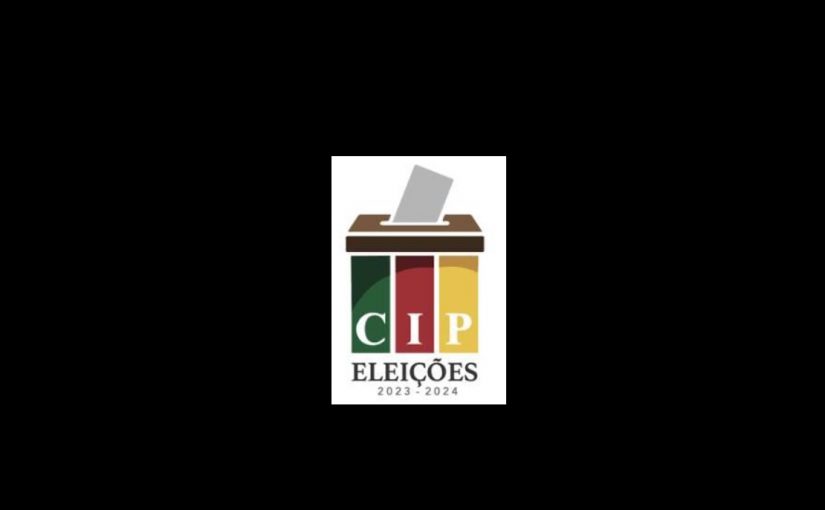
Image: CIP
- Lawyers damn Constitutional Council, say recount or cancelling elections is only response to a “society on the verge of collapse”
The method being used to compare documents to validate the election is “illegal” and “useless for discovering the truth”. It is simply an invention of the Constitutional Council (CC), the Mozambican Bar Association (OAM) said in a statement yesterday. Portuguese: HERE. English HERE.
“The demonstrations underway in the country have evolved into social protest or revolt,” warns the OAM. “Our society is on the verge of collapse, with the total absence of the state.” Trying to create calm by “this illegal exercise in comparing public documents … is inglorious and useless.” Instead, “the cure for this electoral process is a recount of the votes or the annulment of the election.” This could be a “meeting point and move toward harmonization in society.”
The CC proposal is to compare documents submitted by the CNE to those submitted by parties and civil society. In effect their system would lead to CNE documents usually being accepted. It is already known that many documents are false, so their veracity can only be determined by interviewing people who signed them. “It is crystal clear that the veracity of documents cannot be established by comparing them,” OAM said.
The leads back to “the gross irresponsibility of the National Elections Commission (CNE) [which] recognised that it had no plausible justification for the discrepancies … which means that they were induced and were not simple or mere errors.” The CNE itself recognised “the discrepancy in the number of voters between the different elections, the high rate of abstentions in all constituencies and the high rate of blank and null votes” pointed to substantial fraud.
- In secret, Constitutional Council still analysing election numbers; results expected before Christmas
In secret, the Constitutional Council (CC) will next week analyse “discrepancies” in the election results published by the National Elections Commission (CNE), CC chair Lúcia Ribeiro said Thursday (12 December). She stressed that the ÇC is not recounting votes but is comparing documents – polling station results sheets (editais) and minutes plus district and provincial tabulation records. Signed and stamped official copies of editais which are given to parties, observers and journalists will also be considered. She has not explained how discrepancies can be explained without a recount. But she did say that the CC now has a team of 57 people, including seven judges and technicians, who are digitising documents.
Ribeiro and the CC did have an open meeting with the president of the opposition Podemos party, Albino Forquilha, on Wednesday (11 December https://www.facebook.com/share/v/1KpJUgka8d/). And in statements Wednesday and Thursday Ribeiro tried to explain two key complaints – long delays and secrecy.
She argues that both come from the unusual structure of Mozambican elections. Mozambique first validates results and them proclaims, while most democracies use the opposite order, declaring the results in a day or two and these can then be challenged in the courts. In Mozambique, she argues, the Constitutional Council is the supreme electoral court which must both validate and proclaim the results. The CC is the highest electoral court, so there can be no further appeals.
Ribeiro notes that the law allows some transparency in the electoral process. But the electoral process ends with the CNE, she claims. The CC is a judicial body, not an electoral one. “There is no election observation in a judicial body”, she argued (cited in Carta de Moçambique.)
But lawyers say she is wrong. The CC validation and proclamation follows electoral procedures down to the requirement that the CC must post its decision on its headquarters door, just as polling stations and CNE editais must be posted. Furthermore observers are given the right to observe operations at all levels, explicitly including “the validation and proclamation of the electoral results” – which is done by the CC. (Law 2/2019 of 31 May, art 127 and art 263 1. c) This was pointed out in a CIPCAST by José Caldeira (below).
The CNE published its widely challenged results on 24 October, 15 days after the 9 October election. If the CC announces its results on 23 December as expected, that will be 76 days after the election and 61 days after the CNE handed its results over to the CC.
- State Council proposes “far-reaching reforms” of electoral law
The State Council on Wednesday (11 December) said “that the post-election crisis challenges the Mozambican state to carry out far-reaching reforms as a way of preventing such acts from happening again in the future. To this end, a timely and inclusive revision of the electoral law was proposed, which should focus on issues such as ending the party bias and professionalising electoral management bodies, as well as the adoption of measures to promote transparency and the credibility of electoral processes.”
The State Council is called for in the constitution as “a political body to advise the president” and is composed of former presidents and speakers of parliament and other eminent figures. Meeting are convened by the president, who has rarely done so; this is only its 7th meeting.
It’s advice has no formal standing and changes to the electoral law must be decided by parliament. The Constitution Council is expected next week to confirm Daniel Chapo of Frelimo as president and confirm a large Frelimo majority in parliament. Frelimo in parliament has in the past rejected the changes now being proposed by the State Council, because the Party did not want to give up control of elections.
- Local militia kills 4 police in Zambézia
The local Naparamas militia clashed with members of the Rapid Intervention Unit (UIR, riot police), which resulted in the killing of four police. This occurred on Wednesday (11 December), in the Chimbazo region, on the boundary between Luabo and Mopeia districts, in Zambezia. The Naparamas are known for their organisation of community defence and spiritual beliefs, and in some places are officially recognised as militias in the Cabo Delgado war.
According to radio station chuabofm.com, the incident began when a peaceful demonstration as part of the post-election protests was interrupted by shots from the UIR. In response, the Naparamas, retaliated with traditional weapons, including spears, machetes and clubs. The clash resulted in the deaths of four UIR agents and the kidnapping of a fifth. The Frelimo Party office in Sangaraza locality was totally destroyed, burnt down by the protestors.



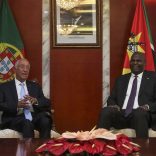
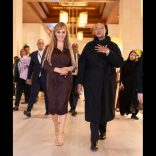
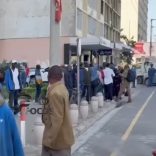
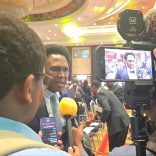
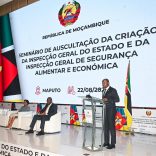




Leave a Reply
Be the First to Comment!
You must be logged in to post a comment.
You must be logged in to post a comment.